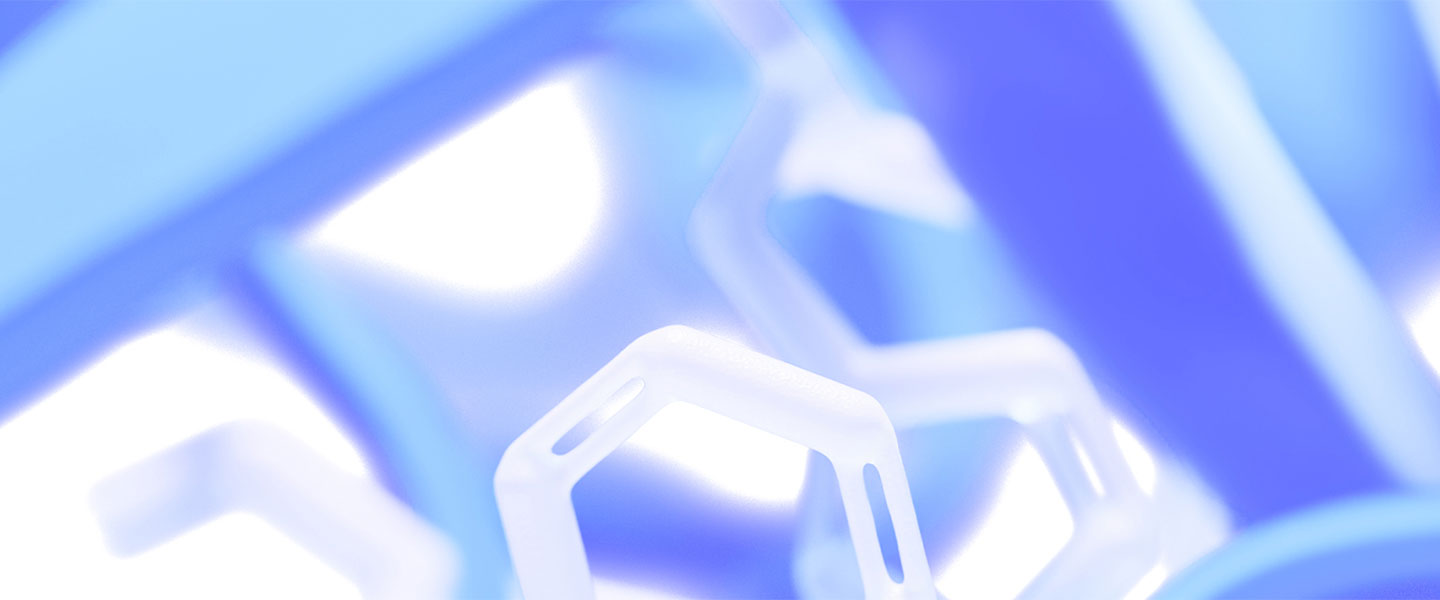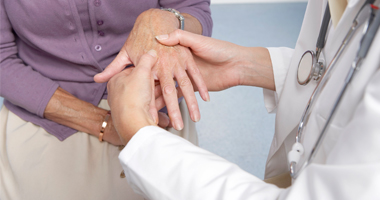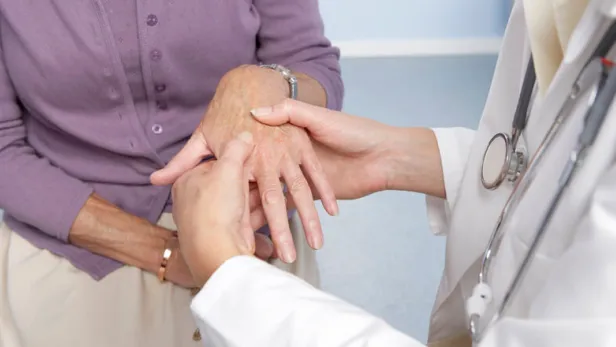Many aches and pains in the muscles, bones, joints, ligaments, and tendons fall under the category of musculoskeletal conditions.1 These discomforts often linger, making it harder for people to move, work, and do the things they enjoy.2
People can inherit musculoskeletal conditions from their parents, but some people develop musculoskeletal conditions as they age. Musculoskeletal conditions can also stem from infections, inflammation, or tissue damage over time. Additionally, injuries and diseases can cause musculoskeletal conditions.1
What are musculoskeletal conditions?
Musculoskeletal conditions make up a group of more than 150 diseases and conditions that affect the muscles, joints, bones, and connective tissues of the body. Musculoskeletal conditions can affect broad areas, such as the neck or back, or even produce pain throughout the body.2
This can be debilitating for the estimated 1.71 billion people globally who have musculoskeletal conditions.2 These conditions are among the leading cause of disability in the U.S.1 Pain, loss of mobility, and limited dexterity can prevent people of all ages from working or enjoying life.2
Different musculoskeletal conditions progress in different ways. For example, a broken bone, sprain, or strain and the corresponding pain may resolve with time. But other conditions, such as chronic primary back pain, osteoarthritis, and rheumatoid arthritis can cause issues and worsen for months or years.2
How do musculoskeletal conditions affect the body?
The primary way that musculoskeletal conditions affect health is by producing pain. They can also limit people’s ability to move and function. As a result, healthcare professionals often assess pain and mobility to gauge a musculoskeletal condition’s effects.1
Healthcare professionals typically design treatment plans to alleviate pain and improve function. Reducing pain may not improve function, and improving function may not reduce pain.1
Common symptoms of musculoskeletal conditions include:3
- Throbbing or aching pain
- Stiffness, which may be present when a person wakes up and change throughout the day
- Swelling
- Redness (also called erythema)
- Warmth
- Weakness
Pain associated with musculoskeletal conditions may increase or change depending on a person’s physical position, whether they’re performing an activity that aggravates or eases the condition, and whether they take steps to relieve the pain.3
- References
- Musculoskeletal disorders. National Library of Medicine. https://www.ncbi.nlm.nih.gov/books/NBK559512/. Updated April 21, 2020. Accessed April 10, 2023.
- Musculoskeletal health. World Health Organization. https://www.who.int/news-room/fact-sheets/detail/musculoskeletal-conditions. Updated July 14, 2022. Accessed April 10, 2023.
- Miller, S. An overview of the musculoskeletal system. https://www.ncbi.nlm.nih.gov/books/NBK266/. National Library of Medicine. Accessed April 11, 2023.






